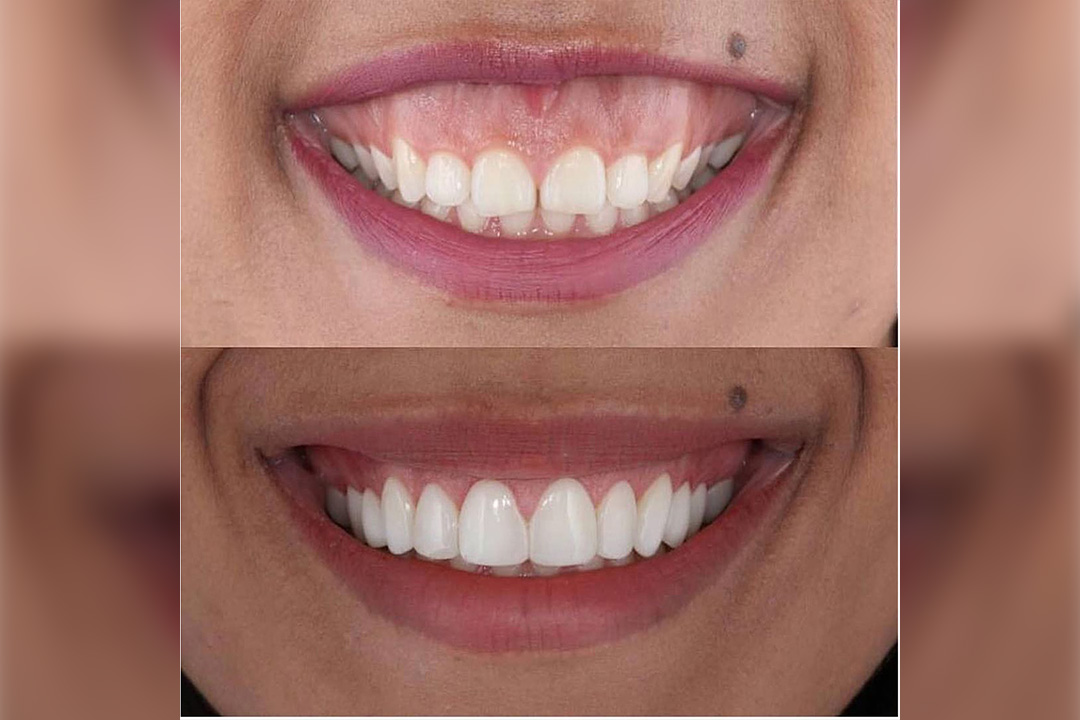- Home
- Dental Implants
TOP Quality
dental
services


Dental Implants
Dental implants are used to replace missing teeth. The implant is made from a titanium post that’s...


Orthodontic Treatment
Mal-aligned teeth can leave you feeling less than happy about your smile. Enhance your smile by stra...


Pediatric Dentistry
The dentistry for children is all about having the best experience at the dentist, our team is commi...


TMJ Treatment
Temporomandibular joint disorder (TMJ) occurs when you have pain and dysfunction in the joints or in...


Tooth Extraction
Teeth often need to be removed when they’re so damaged or decayed that they can’t be saved with ...


Periodontics
Gum disease (periodontal disease), occurs when gums have a bacterial infection. If the infection goe...


Endodontics
Painful, injured and abscessed teeth are routinely managed by our dentists, but sometimes the proble...


Porcelain Inlays/Onlays
Our dental office offers two specific types of dental fillings: porcelain inlays and porcelain onlay...


Tooth Colored Fillings
Made from a plastic dental resin, we match the shade of your tooth’s natural enamel. This is espec...


Smile Makeovers
A full mouth reconstruction, more commonly known as a smile makeover, is a series of procedures aime...


Dental Crowns
Dental crowns are used to address problems such as broken or cracked teeth or tooth decay. A permane...


Teeth Whitening
Teeth often get discolored from years of drinking coffee and tea, because colored pigments in these ...


Dental Veneers
Dental veneers are thin covers that are attached to the outside of teeth to hide imperfections. Vene...


Gummy Smile Corrections
Gummy smile refers to the condition where the gum is very exposed when a person smile. We can treat ...
New Cairo Branch
Bld.224 Behind Dusit Thani Hotel - 90th Axis - Cairo, Egypt
(+2) 01027050446
(+2) 0102705 0447
6th of October
Prime Clinics, Street 88, Palm Hills - Giza, Egypt
(+2) 01027050446
Powered By Magints


Dental implants are used to replace missing teeth. The implant is made from a titanium post that’s embedded in the jawbone. It replaces the root of the original tooth, and it securely anchors the new tooth. A specially shaped piece of metal, the abutment, is fastened to the top of the implant, then the new tooth is attached to the abutment. Implants can be embedded in the jaw without bothering surrounding teeth, and you can have multiple dental implants. However, your gums must be healthy and your jawbone must be able to support the implant. If the bone is too thin or soft, a bone graft may be needed before an implant can be used.
Preparation for the implant includes a CT scan, that is available in-house, to get a better look at the jaw bones. After all the preparation is done and the implant is ready, you’ll have dental surgery to install the metal post into the jawbone. Over the next 2-4 months, the area heals and the implant fuses with the surrounding bone. When you’re completely healed, the dental abutment and new tooth are attached.
We also offer immediate loading of our implants when indicated, where patients can return home with teeth, thanks to the intraoral welding technique and the availability of the advanced implant stability measurement tools like the Resonance Frequency Analysis device.
[/kc_column_text][/kc_column][/kc_row]